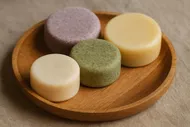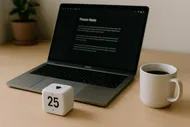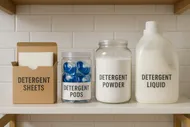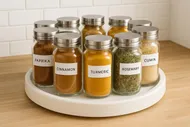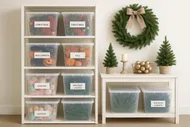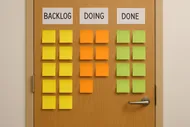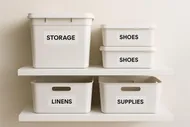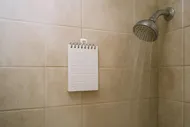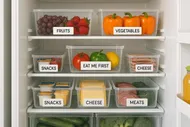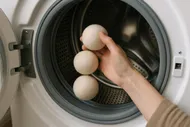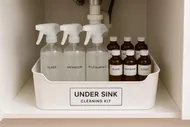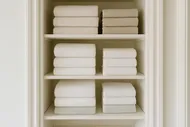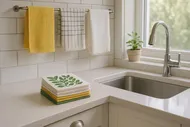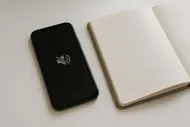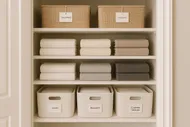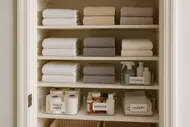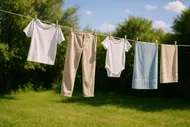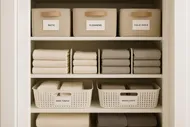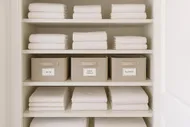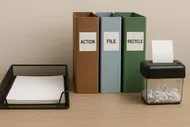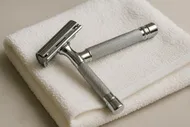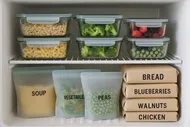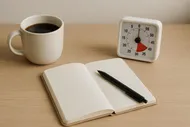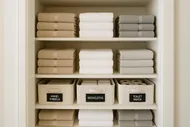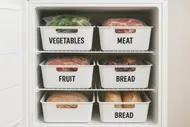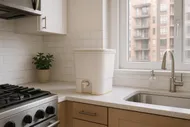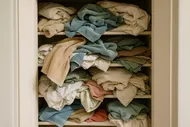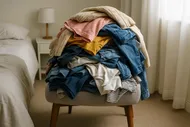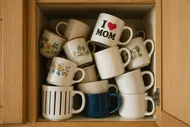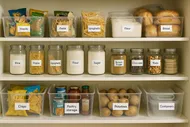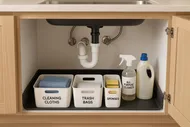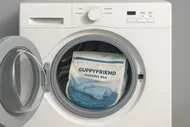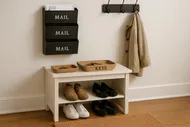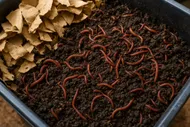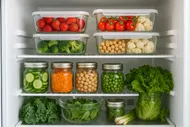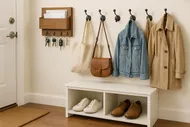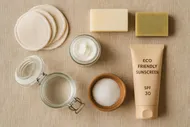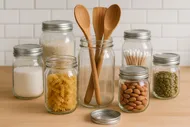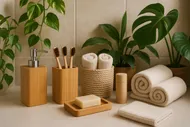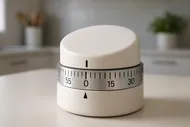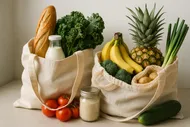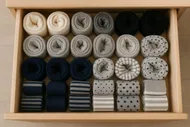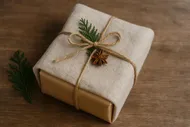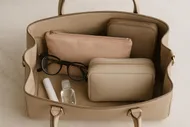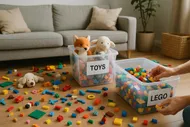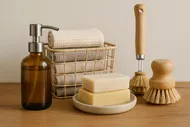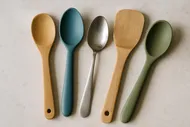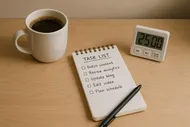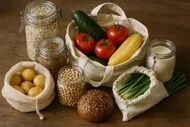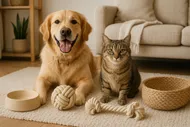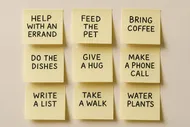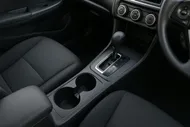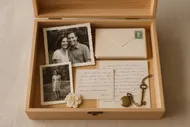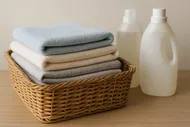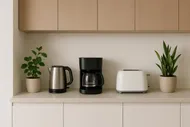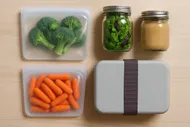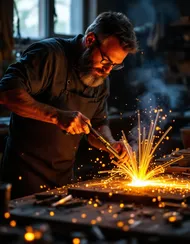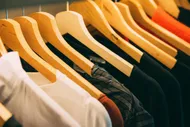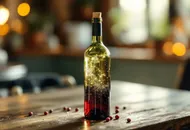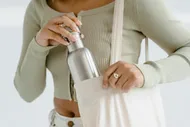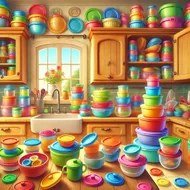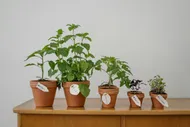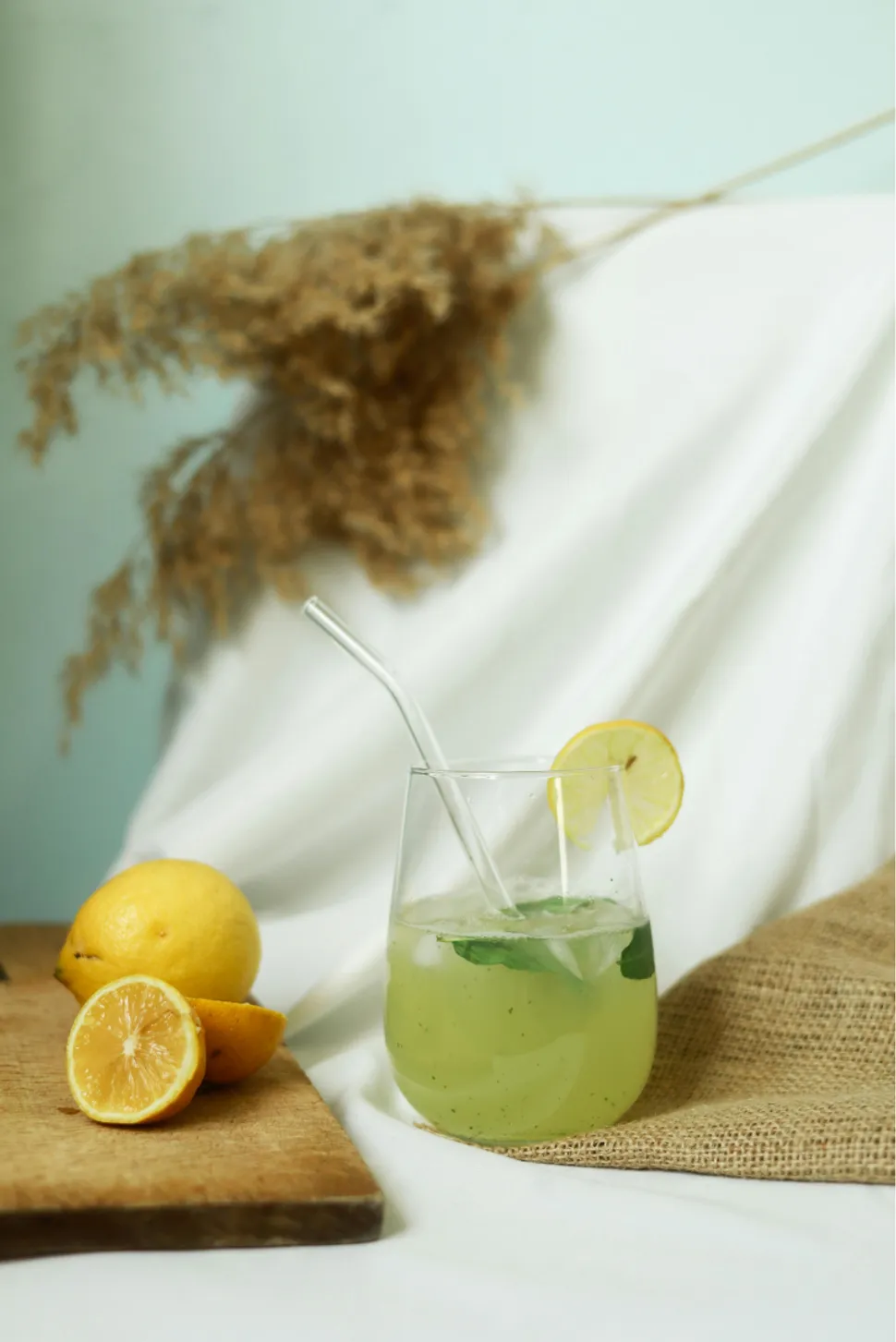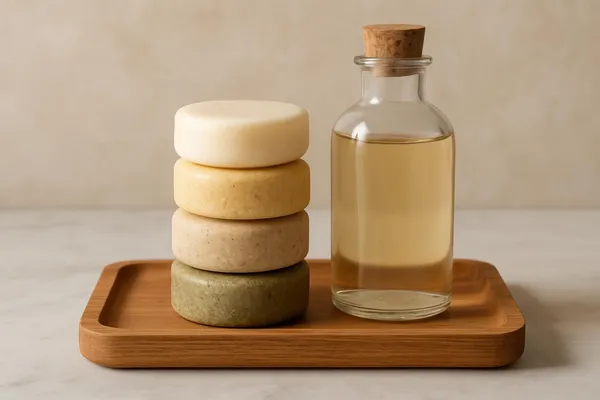When you sip from a sleek glass straw, you probably think about the eco-friendly choice you made. But have you ever wondered about the story behind it? Glass straws aren’t just functional—they’re works of art, crafted with precision and passion by skilled artisans. Let’s take a trip behind the scenes to explore how these eco-chic tools come to life.
From Molten Magic to Minimal Waste: The Making of a Glass Straw
1. The Materials: Pure and Sustainable
Glass straws typically start with borosilicate glass, the same durable, heat-resistant material used in labware and cookware. Its unique composition makes it resistant to cracks and sudden temperature changes, ensuring it can handle both piping hot drinks and icy beverages without breaking. Unlike ordinary glass, borosilicate contains silica and boron trioxide, which enhance its durability and thermal stability, making it the perfect material for sustainable, long-lasting straws. Why borosilicate? It’s non-toxic, dishwasher-safe, and designed to withstand thermal shock—perfect for everything from icy smoothies to hot teas.
This material is also recyclable, making it an ideal choice for eco-conscious production. Some artisans even incorporate recycled glass into their designs, further reducing waste. The flexibility of borosilicate glass ensures durability while allowing artisans to experiment with innovative designs and forms.
♻️Eco Fact!
Borosilicate glass production is energy-efficient and minimizes raw material waste compared to other types of glass.
2. The Process: Precision Meets Passion
The journey of a glass straw begins in a glassblowing studio, where rods of borosilicate glass are heated to a molten state in furnaces that burn at over 1,000°F. Here’s how the magic happens:
Heating and Shaping
Artisans use blowpipes to heat glass rods evenly, ensuring the perfect viscosity for shaping. This “perfect viscosity” refers to a state where the glass is soft enough to be molded but firm enough to retain its shape, a balance crucial for creating uniform, flawless straws. The glass is spun, stretched, and carefully shaped into slender tubes. This stage requires meticulous timing to avoid uneven structures or imperfections.
Cutting to Size
Once the tube is formed, it’s cooled slightly before being cut into individual straws. Precision tools ensure each piece is identical in size, whether you’re ordering a cocktail straw or a smoothie-friendly option. In some studios, advanced laser-guided cutting tools are used for unmatched accuracy.
Fire Polishing
The edges of each straw are smoothed using a torch to create a rounded, safe-to-sip finish. This step ensures that every straw feels as good as it looks. The finishing touch is often a quality check under magnified light to detect micro-flaws invisible to the naked eye.

3. Personalization and Flourishes
Some glass straw makers add artistic touches like colorful swirls, etchings, or embedded designs. For example, artisan workshops like GlassGlow Studio specialize in embedding intricate floral patterns within the straws, turning them into functional pieces of art. These unique details not only make the straws visually stunning but also ensure no two are exactly alike—a small but meaningful testament to the handmade process. Others incorporate special functional adaptations, such as wider openings for boba teas or angled designs for ergonomic sipping.
✨Artisan Insight
Many artisans pride themselves on creating straws that are both functional and beautiful, making them conversation pieces at your next gathering.
Packaging with Purpose
Even after the crafting process, sustainability continues. Many brands package their glass straws in eco-friendly materials such as recycled cardboard or reusable pouches, furthering the mission to reduce waste. For instance, companies like EcoSip not only use biodegradable packaging but also include care instructions printed on seed paper, allowing customers to plant wildflowers as part of their sustainable journey. This thoughtful touch underscores the commitment to sustainability in every aspect of production.
Why Choose Glass Straws?
Glass straws aren’t just an eco-friendly choice; they’re a lifestyle upgrade. Here’s why:
- Taste Neutral: Unlike metal or bamboo, glass doesn’t alter the taste of your drink, letting the flavors shine.
- Reusable: With proper care, a single glass straw can replace hundreds of disposable ones.
- Easy to Clean: Most come with cleaning brushes and are dishwasher-safe, simplifying maintenance.
- Stylish: Clear or colorful, they’re the perfect blend of function and aesthetics.
- Transparent Durability: The visual clarity of glass straws allows you to ensure cleanliness, adding to their hygienic appeal.
Care Tips for Longevity
Taking care of your glass straw ensures it lasts for years. Consider using specialized cleaning brushes like the EcoScrub straw cleaner, which is gentle on intricate designs, or soaking the straw with eco-friendly detergents such as Puracy Natural Dish Soap for deeper cleaning. These tools make maintenance easy and help preserve the clarity and durability of your straw. Use a gentle cleaning brush to scrub the interior after each use. If your straw comes with intricate designs, soak it in warm, soapy water to loosen residue before cleaning. Store them in protective pouches during travel to avoid accidental chips.
Supporting Artisans and Sustainability
By choosing glass straws, you’re not only reducing single-use plastic waste but also supporting small businesses and artisans who pour their creativity into every piece. It’s a win-win for your drink and the planet! This support helps sustain traditional craftsmanship while promoting innovative eco-friendly products.
🌍Sip Sustainably
Looking for high-quality glass straws? Check out eco-conscious brands or local artisans online and at markets.
Next time you reach for your glass straw, take a moment to appreciate the craftsmanship behind it. It’s more than a tool—it’s a symbol of sustainable living and human ingenuity. So, sip proudly, knowing you’re part of a movement that values the planet as much as the people who call it home. And if you haven’t made the switch yet, now’s the perfect time to start contributing to a cleaner, more mindful world.




